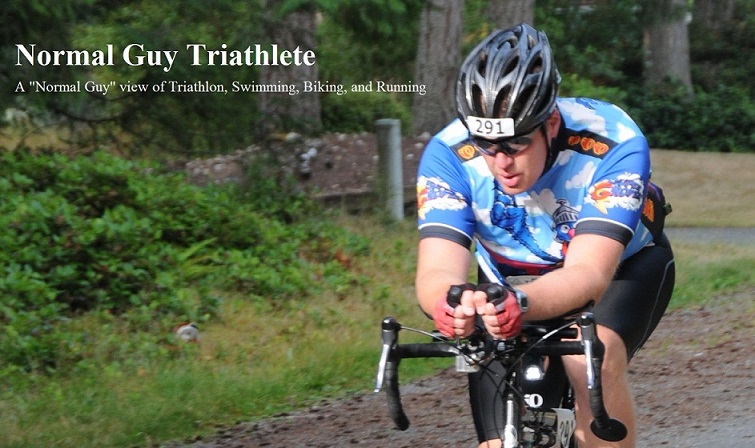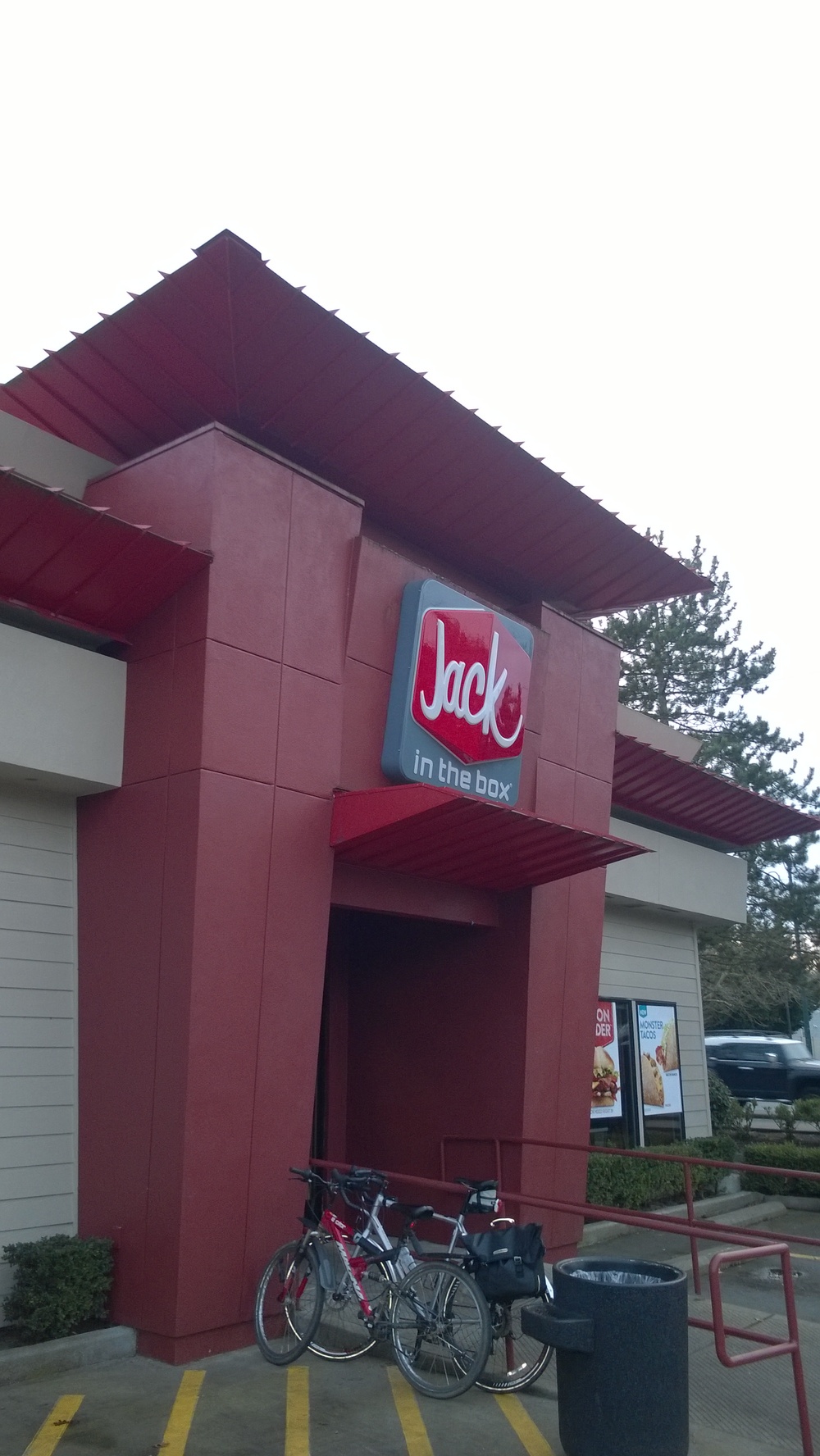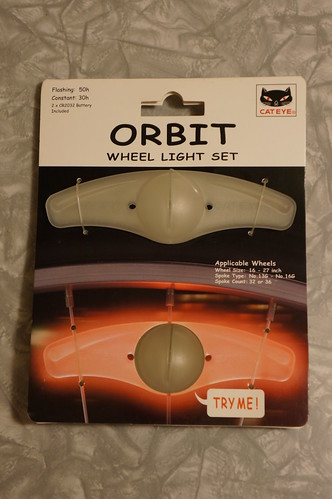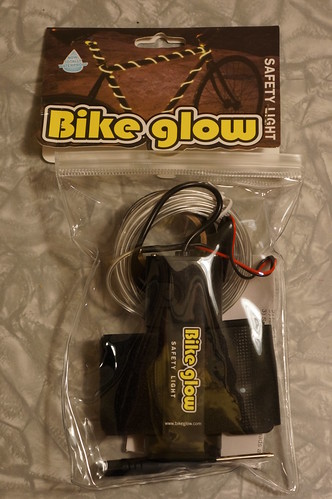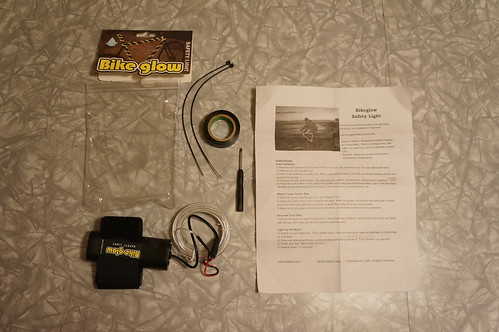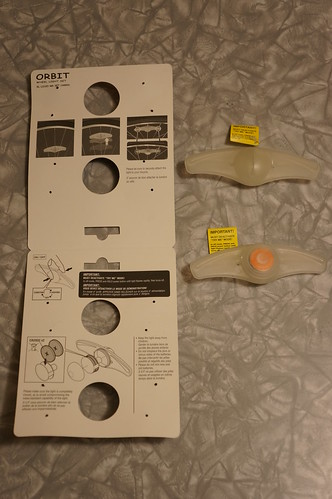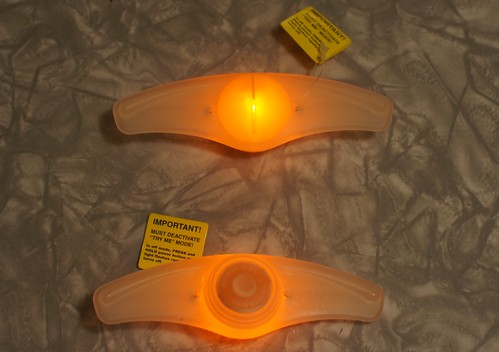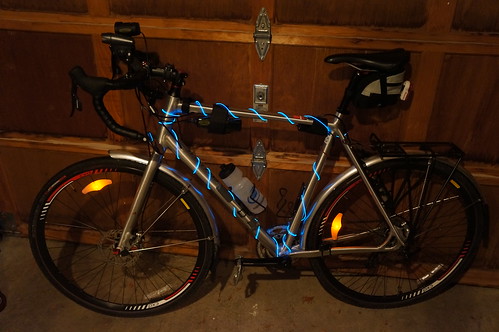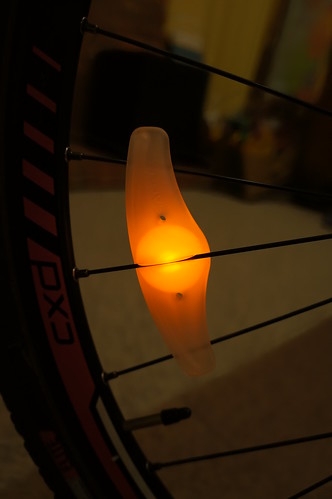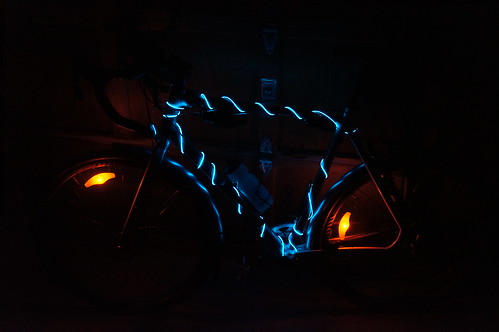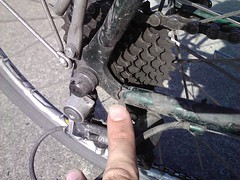Tonight I broke the law. I did it knowingly and willfully. I'll probably do it again tomorrow and probably over 100 times before next April. At least I hope to, if my work and personal schedule do not get in the way.
The Act
What did I do that was so heinous? I rode my bicycle home from work.
I did it in the dark on a multi-use trail, the East Lake Sammamish Trail, which runs along East Lake Sammamish Parkway in Redmond and Sammamish in Washington State. This trail, along with other connecting trails, offer amazing benefits to commuters, like me, to allow us to ride on trails where we are the fastest user, as opposed to riding on roads where we have to mix it up with cars, trucks, and motorcycles. On these trails the worst thing we have to worry about are retractable dog leashes, joggers wearing headphones, and soccer-moms walking three or four abreast.
What law was I breaking?
King County Code Section 7.12.480 - Presence in parks during hours the park is closed. No person shall enter or be present in a county park area during hours the park is closed except persons who have paid the applicable use fees to camp in designated campsites or trailer sites, or to moor boats overnight at designated sites and persons using park facilities as part of an event authorized by the department. Park areas are open dawn to dusk unless open for scheduled or reserved recreational activities. (Ord. 12003 § 12, 1995: Ord. 8166 § 6, 1987: Ord. 6798 § 48, 1984). (Emphasis added)
Ouch. The trail is effectively closed during hours of darkness. Not just the East Lake Sammamish Trail, but also the following very popular trails used by commuters-
- Burke-Gilman Trail (Connects Seattle to Woodinville, WA)
- Sammamish River Trail (Connects Woodinville to Redmond)
- Marymoor Connector Trail (Connects the Sammamish River Trail to the East Lake Sammamish Trail)
- Snoqualmie Valley Trail
- Interurban Trail
The Punchline
If the dusk-to-dawn hours were enforced, every bike commuter would have to take an alternate route during Pacific Standard Time (i.e. when Daylight Saving Time is not in effect) because, during that time of year, sunset is somewhere in the neighborhood of 4:30-5pm.
This would impact THOUSANDS of people in the greater Seattle area.
What is the possible penalty?
Sections 7.12.650-670 describe the possible penalties of this offense: up to a $500 fine, up to 90 days in jail, and suspension of use privileges (i.e. leave and don't come back). These are enforced through the King County Sheriff. Yes, this means business.
How do I know all this?
I was at a Sammamish City Council meeting in March of this year where they were discussing the East Lake Sammamish Trail (which is currently in the process of being paved). A local homeowner asked the City and County and the King County Sheriff to enforce the current trail hours (same as KC parks, essentially dusk to dawn), with locking gates, fencing-in of the trail corridor, and fines for violators. Neither the City Council nor the County commented on this “issue” so I did a little research on the county website and could only find mention of park hours of operation.
So I submitted this question to the King County website-
In regards to the various multi-use trails that the county maintains, such as the Sammamish River Trail, East Lake Sammamish Trail, Snoqualmie Valley Trail, etc., and their hours of operation: are there enforced hours of operations for these multi-use trails? Most KC parks have operating hours such as "opens half an hour before sunrise, closes half an hour after dusk" or similar. Are there similar rules in place for the trails?
I use several trails on a regular basis as part of my commute. During the fall/winter months (i.e. when Daylight Saving Time is NOT in effect) I ride to work in the dark (6:30-8am) and come home in the dark (between 5:30-7pm). If the trails are "closed" during hours of darkness it will significantly impact my ability to use the trails during my commute.
After being bounced from one person to another I finally received this reply, pretty much a cut/paste type of response (all names shortened)-
Good afternoon, Lee:
Thank you for contacting King County regarding the hours of operation for King County’s multi-use trails. We appreciate your inquiry. Currently, the hours of operation for these trails are a half-hour before sunrise to a half-hour after sunset . Per King County Code:
7.12.480 Presence in parks during hours the park is closed. No person shall enter or be present in a county park area during hours the park is closed except persons who have paid the applicable use fees to camp in designated campsites or trailer sites, or to moor boats overnight at designated sites and persons using park facilities as part of an event authorized by the department. Park areas are open dawn to dusk unless open for scheduled or reserved recreational activities. (Ord. 12003 § 12, 1995: Ord. 8166 § 6, 1987: Ord. 6798 § 48, 1984).
Please do not hesitate to contact me directly if you have further questions or comments on this rule. You can reach me at <email redacted> or at 206-477-4527.
Thank you for using King County Parks and Trails. Have a nice day!
Sincerely,
Matthew P.
Parks and Recreation Division
This raises more questions than it answers so I replied with this-
How is this enforced on multi-use trails that are essentially commute corridors with no access controls (i.e. gates)?
At a recent Sammamish city council meeting regarding the East Lake Sammamish Trail, one home owner along the trail corridor asked that King County Sheriff enforce the park operating hours on the trail through fines and/or arrests. This would mean I can’t use a King County maintained trail for bike commuting for 6 months out of the year since the sun sets well before I ride home. The same goes for the thousands of other commuters who use the BGT, SRT, I-90 trail, etc.
After 2 weeks I received the following response, which sums up the current situation pretty well.
Hi Lee.
I'm the regional trails coordinator, so your questions have found their way to my desk. I'm not certain that you got a final answer, so I'll wade into the last question. If you have already received an answer, then please consider this as additional guidance.
With respect to the question below, it is true that, presently, King County's regional trails are closed after dark. They are essentially parks in this regard. We recognize, however, that people commuting on the trails to and from work or school often need to use them after hours. It has been our decades-long policy that this use is tolerated, if not broadcast. Occasionally, someone will be stopped by local law enforcement as they commute to Seattle at 5:00 am and asked to leave a trail, but it hasn't happened very often! Of course, quiet commuting is better than boisterous commuting in these circumstances. Folks along the East Lake Sammamish Trail through Sammamish are particularly sensitive to trail use after hours with the concern that trail access may encourage crimes and/or inappropriate behavior. They are most anxious about their privacy, and we respect this.
Regional trails throughout the region under the management of other jurisdictions such as Seattle and WSDOT are generally open 24 hours. King County manages about one-half of the regional trails, so our rules are not universal. Of course, many of our trails are the ones most people use, so that makes it a little more complicated. We are proposing to modify regional trail hours to make this more consistent throughout the network, however. This requires a change to the King County Code, and there is no telling when that might occur. The ELST may always be an exception. We may have to continue to officially close the trail at dusk. This would likely necessitate bicyclists using East Lake Sammamish Parkway for part of their commute. This route will eventually have full bike lanes along its length, so it will provide a more bike-friendly environment along with better illumination.
I hope I have answered your question. In summary, the ELST is closed dusk to dawn, but we recognize, value, and generally tolerate regional trail commuters after dark. ELST creates a unique situation that may present some commuter challenges, but East Lake Sammamish Parkway may provide an alternative for part of your commute.
If you have any additional questions, please don't hesitate to contact us.
Sincerely,
Robert F.
Regional Trails Coordinator
The short version is this: there are hours of operations (pretty much a CYA policy) but we are not enforcing it on commuter trails. Why have a trail that doubles as a commute corridor if those commuters can’t use it half of the year? And those months where it makes the most sense from a safety point of view? And the hours will only be enforced on this trail because of... the local homeowners? What about the homeowners along the Burke-Gilman Trail? I decided not to push my luck on that point.
I pinged Robert one more time, 6 months later, to see if anything had changed in regards to the King County Code. His reply was exactly what I expected to hear-
Hi Lee,
Glad you checked back. The rules are currently the same. A change of County Code is currently being considered by the County Council, but I don’t believe final decisions have been made. I believe we should hear soon, however.
Robert F.
The moral of the story and the future
So what happens next? King County plans to finish the paving project on the south half of the ELST sometime in 2017, pending ongoing legal action by local homeowners.
The King County Council may update the current county code to allow these trail corridors to be used during commute times, even if they are after dark, but I'm not holding my breath on that one.
Moral of the story: keep riding, be quiet, be a good citizen, and hopefully we won't get cited for riding a PUBLIC TRAIL in the dark. Hey, at least they paved it!
}B^)
